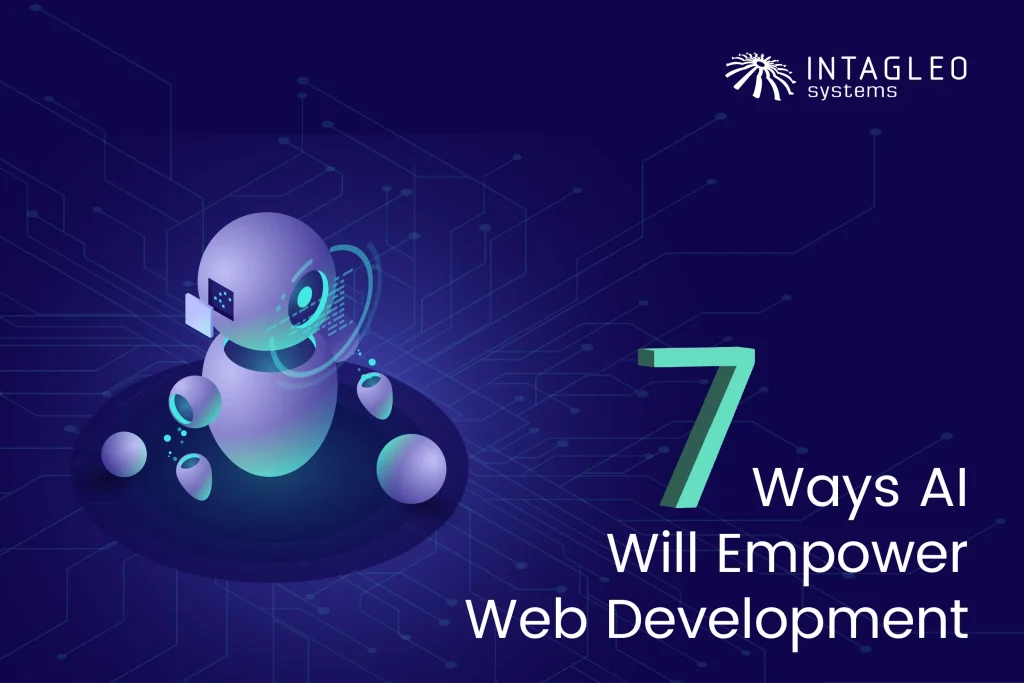Whether you’re placing an order or posting something on social media via a mobile or web app, everything usually works so seamlessly that you just take it for granted. However, there’s plenty going on under the hood. So, how does data get from Point A to B, and how do different devices and applications communicate with each other to make possible all the things we do in just a matter of clicks? The answer is APIs.
But what exactly are they and how do they do it? Let’s take a closer look.
What are APIs?
An API or Application Programming Interface is a mechanism that enables and simplifies interactions between disparate data, applications, and devices, using a set of rules.
Just like any interface, APIs define ways of how software developers can interact or communicate with an object while abstracting away the specifics of how data is transferred. It’s perhaps best to think of an API as a middleman that makes it possible for these different entities to communicate and work well with each other.
How do APIs work?
Consider when you hit play on a video in your browser or tap a button to book your Uber. In either case, you’re sending a request to a remote server, which in turn interprets your request and sends back a response (i.e., video playback or booking confirmation). An API takes care of all such requests and responses.
Types of APIs
Here’s a brief overview of three popular approaches to Web API development.
REST API
REST, or Representational State Transfer, is an architectural style that defines certain constraints for developing APIs. When APIs comply with the REST style, they are said to be RESTful. To be precise, this entails a clearly defined client-server relationship along with provisions for a layered architecture, resource cacheability, and code-on-demand. Other requirements include a single uniform interface and that all client-server operations be stateless.
RESTful APIs give clients access to a representation of the state of a desired resource using the HTTP protocol. When called, the server can transfer the representation to the client in various formats including HTML, XML, or JSON, allowing for wider browser compatibility. Typically, retrieving data may require hitting multiple endpoints on the server-side with requests.
In general, REST APIs are simpler and easier to scale compared to SOAP, but this can vary depending on your implementation.
SOAP API
SOAP stands for Simple Object Access Protocol. It is a communication protocol specification that defines how messages are sent and uses XML to transfer data. A characteristic of a SOAP request is that it always contains an envelope for identifying the XML as a SOAP message, as well as a body containing call and response information. Unlike REST, SOAP only uses a single server-side endpoint to access data.
ACID (Atomicity, Consistency, Isolation, Durability) compliance is also inherent to SOAP. The ACID model ensures the integrity of a database, and along with other stringent requirements, makes SOAP better suited for apps that handle sensitive transactions. However, this also makes SOAP more rigid and adds to its complexity, making it difficult to make changes or updates.
GraphQL
GraphQL, a query language for developing Web APIs, is sorta like the new kid on the block that aims to bring together the benefits of both and REST and SOAP. It’s also important to note that GraphQL is a specification, so while it was first put forth by Facebook, there are plenty of other implementations developers can choose from.
GraphQL does away with problems of overfetching and underfetching data that previous technologies had by allowing users to exactly specify what they need. Similar to SOAP, there’s only one endpoint at the server side, but one trip to the endpoint and back is enough to retrieve responses to both requested and related queries with great precision. GraphQL also isn’t as resource-heavy as SOAP and doesn’t put as much strain on networks.
Benefits of APIs
Simplify Development Through Plug-and-Play
From a consuming developer’s perspective, APIs do away with having to recreate the wheel.
Web developers can make use of them in their app to extend its functionality without having to understand the underlying implementation; they only need to know what they’re allowed to change or see.
Reduce Manual Effort
Whether you want your app to be able to take photos or support fingerprint authentication, you no longer have to spend hours implementing these from scratch and can use an API to cut down on manual labor. Moreover, updates only need to be implemented once at the backend and are reflected automatically elsewhere.
Filter Unwanted Access
APIs dictate what information’s exposed and accessible at the server-side and to whom. Thus, only users with the right credentials may be able to access certain resources. User privileges can also vary: users may have read access, write access, or both. This not only helps reduce strain on servers but also protects them from malicious traffic.
Improve Communication between Apps and Devices
Since API development complies with set standards and protocols (i.e., REST, SOAP, etc.), APIs help improve the way applications integrate and interact, ensuring seamless communication and connectivity between them, regardless of the device types and operating systems involved.
With over 15 years of hands-on experience in the domain, Intagleo Systems is the one-stop shop for all your mobile and web development and integration needs. Contact us today to get started!


